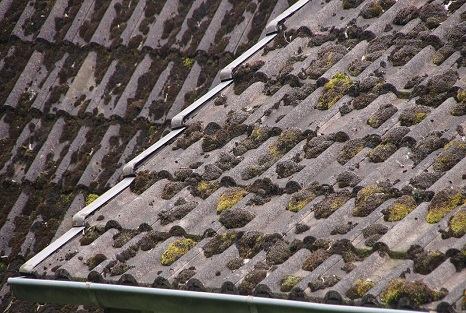How to Repair a Leaking Roof in 3 Simple Steps
Have you noticed that your roof is leaking? If so, getting your roof repaired as soon as possible is strongly recommended. Leaks are not only inconvenient but, if left for a long period of time, a leaking roof can lead to bigger issues with your property further down the line.
In some cases, calling in a team of roof repair experts is for the best. However, if your roof is composed of shingles, there are some roof repairs that can be carried out quickly and easily on your own. So, let us discuss 3 steps that can help you to locate a leak in your roof and seal it.
1. Locate the Leak
It might seem obvious, but if you have noticed that water seems to be coming in from your roof, then your first step should be to find the location of the leak. Start by looking for any water stains on the ceiling. From here, you can head outside to determine whereabouts on your roof that water might be getting in.
Any curled, cracked, or missing shingles should be a cause for concern. If there are shingles on your roof that are buckling, this is a sign that the caulking or flashing has become compromised. Do not forget to check your end caps either. These tent-shaped shingles that cover the angular peaks of your roof can sometimes be the source of a leak.
2. Fix Any Damaged or Curled Shingles
If you have identified any shingles that have curled, you can resecure them by applying a coating of asphalt roofing cement. Alternatively, you could use a tube of an equivalent compound in a caulk gun. You can learn more about some of the different roofing tools and equipment you will need for fixing shingles by taking a look at these DIY Roofing Tips. Always apply a generous amount of product to the underside of the shingle as this is what will secure the edges and corners before the shingle is pressed into place.
Cracked, rotten, or missing shingles will need to be replaced. If a faulty shingle is still attached to your roof, then to remove it, lift up the sides of any surrounding shingles and take out any nails using a pry bar. Provided that the nails have been removed, the shingle should slide off easily. Clean off any cement residue and remove any leftover nails.
To replace a shingle, first round the back corners of the shingle with a knife. Rounding the corners helps to slide a shingle underneath the one above it, while also aligning it with any shingles on the sides. When you are happy with the position of the shingle, lift up the corners of any surrounding shingles and fasten at the top using roofing nails in each corner. As a final touch, apply roof cement to the nail heads and smooth down any edges.
3. Replace Faulty Flashing
Roof flashing is a thin material, typically galvanized steel, that is used to direct any rainwater away from the roof wherever the plane meets a vertical surface. This includes walls and dormers. Furthermore, flashing is also installed around roof features like vents, chimneys, and skylights. Ideally any water should run down the side of the flashing and should be directed to the shingles instead of into the roof deck.
If faulty flashing seems to be the cause of your leak, then it might be helpful to reseal any joints with roofing cement. Moreover, if any joints have already been sealed with roof cement in the past, then applying a fresh coat using a putty knife might resolve the issue. If the leak persists, it might be necessary to replace your flashing. Consequently, in most cases, new flashing will need to be installed by a professional roofer as there are building codes and laws that need to be followed.
Ultimately, DIY spot repairs are an affordable and easy way to maintain the structure of your roof. Above all, by acting promptly, you can prevent a leak in your roof from getting worse and stop any rainwater from causing damage to your property. Just remember to always speak to a roofing expert if the leak in your roof requires a further inspection.
